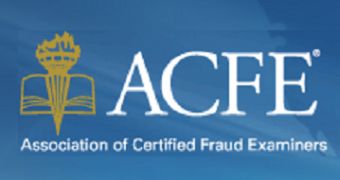Not a day goes by for most Internet users without seeing a piece of mail advertising shady-looking pharmaceutical products and online pharmacies. Currently, there are so many fake online drug stores, that it has become very difficult to tell apart legitimate ones from fakes.
Experts from the Association of Certified Fraud Examiners (ACFE) have put together an advisory which details the red flags, privacy issues and fraud schemes.
First of all, legitimate pharmacies require a doctor’s prescription before selling you anything. Furthermore, they all provide a doctor or a pharmacist that can clarify any questions about a prescription. The lack of these elements usually indicates a scam.
The location of the pharmacy and the origin of its products are also very important. The US’ Food and Drug Administration (FDA) and Australia’s Therapeutic Goods Administration (TGA) warn that prescriptions ordered from other countries or unknown sources might not respect the quality and safety criteria.
The lack of lot numbers and expiration dates could lead to serious consequences. That’s because many illegal pharmacies that provide unlabeled medication are known to sell the wrong type of drugs. For instance, a patient from the US received anti-psychotic drugs, instead of sleeping pills.
The last “red flag” is one of our favorites: spam. Online pharmacies advertised via aggressive marketing methods are in most cases part of a clever scam. These sites either sell counterfeit merchandise, or they’re simply set up to serve computer viruses.
So now you know how to identify scammy websites. But how can you be certain that a site is legitimate?
A good starting point is to check if the store is in the Verified Pharmacy Practices Sites Program (VIPPS) of the National Association of Boards of Pharmacy (NABP). Another great resource for identifying scams is LegitScript, a site which lists around 240 genuine pharmacies and 42,000 fraudulent ones.

 14 DAY TRIAL //
14 DAY TRIAL //